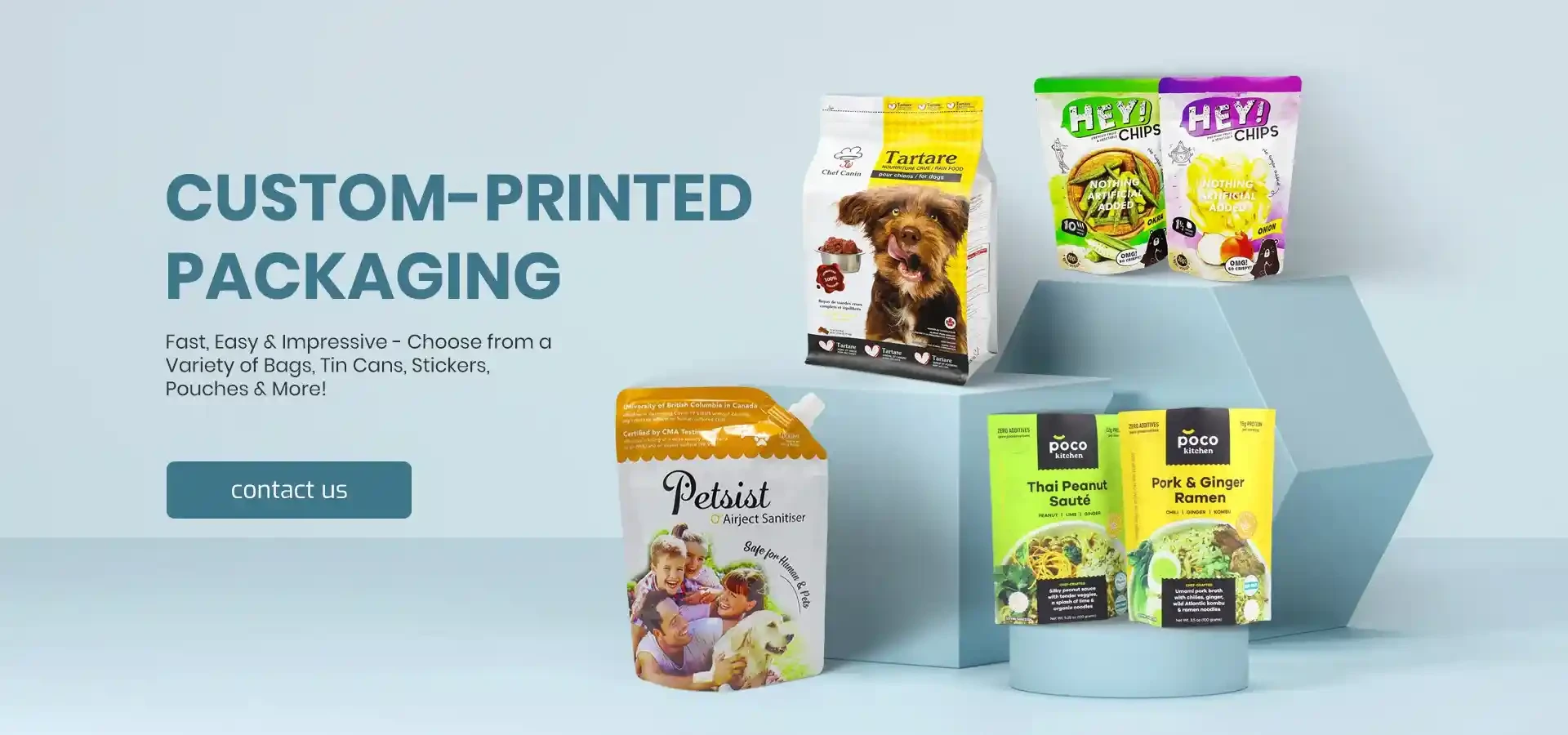compostable packaging materials
The Rise of Compostable Packaging Materials A Sustainable Solution for Our Planet
In recent years, the urgent call for more sustainable practices has led to significant changes across various industries, particularly in packaging. Traditional packaging materials, predominantly plastic, have long been criticized for their detrimental environmental impact. This has resulted in an increasing shift towards compostable packaging materials, which offer a more eco-friendly alternative. As we explore the benefits, challenges, and future of compostable packaging, it becomes clear that this innovative approach plays a crucial role in the quest for sustainability.
Understanding Compostable Packaging
Compostable packaging materials are those that can break down into natural elements in a compost environment, leaving no toxic residue. Unlike conventional plastic, which can take hundreds of years to decompose, compostable materials typically break down within a few months. These materials are often made from renewable resources—such as plant starches, cellulose, or sugarcane—and are designed to be used in conjunction with composting systems that facilitate the conversion of organic waste into nutrient-rich compost.
The most common compostable packaging includes bags, containers, films, and foodservice items. Many consumers are already familiar with products labeled as biodegradable or compostable, but it’s important to understand the distinctions. While all compostable products are biodegradable, not all biodegradable products are compostable. The former implies that a product will decompose over time, while the latter denotes that a product will break down in specific conditions, contributing positively to soil health.
Benefits of Compostable Packaging
The benefits of compostable packaging materials are manifold. Firstly, they significantly reduce the amount of waste that ends up in landfills. In a world where approximately 300 million tons of plastic waste is generated annually, compostable packaging offers a viable solution to mitigate this growing crisis. By diverting organic waste and packaging materials from landfills, we can minimize greenhouse gas emissions, particularly methane, which is produced when organic matter decomposes anaerobically.
Secondly, compostable packaging helps to promote circular economy principles by returning nutrients back to the soil. This process enriches soil health, supports biodiversity, and crops can thrive, creating a sustainable loop that enhances agricultural productivity.
compostable packaging materials

Moreover, using compostable materials can bolster a brand’s image and meet the growing consumer demand for sustainable products. Today’s environmentally conscious consumers are increasingly seeking out brands that prioritize sustainability. Companies that adopt compostable packaging can differentiate themselves in the marketplace, improve customer loyalty, and meet regulatory pressures aimed at reducing plastic waste.
Challenges in Adoption
Despite the advantages, there are challenges associated with the widespread adoption of compostable packaging. One significant hurdle is the infrastructure required for composting. Many regions lack adequate composting facilities, which undermines the potential benefits of compostable materials. Additionally, not all compostable materials break down effectively in home composting systems, creating confusion among consumers about the proper disposal method.
Furthermore, there’s the issue of misleading labeling. Some products may claim to be compostable without adhering to the appropriate standards, leading to skepticism among consumers. Establishing universally accepted certification programs can help to alleviate these concerns and ensure consumers can make informed choices.
Looking Ahead The Future of Compostable Packaging
As the world continues to grapple with the environmental challenges posed by plastic waste, the future of compostable packaging materials looks promising. Innovations in material science are paving the way for more effective, cost-efficient, and versatile compostable options. Startups and established brands alike are investing in research and development, resulting in new packaging solutions that meet both consumer demands and environmental standards.
Governments are also key players in this trajectory, with many advocating for stricter regulations on plastic use and encouraging the adoption of sustainable alternatives. Policies aimed at reducing single-use plastics, along with incentives for businesses to transition to compostable options, are vital to this movement.
In conclusion, compostable packaging materials represent a significant step towards reducing our environmental footprint. By understanding their importance, addressing the challenges, and investing in future solutions, we can work towards a sustainable packaging ecosystem that protects our planet for generations to come. The journey toward sustainability is not just the responsibility of businesses—it is a collective effort of consumers, policymakers, and communities to reshape our relationship with packaging and waste.













